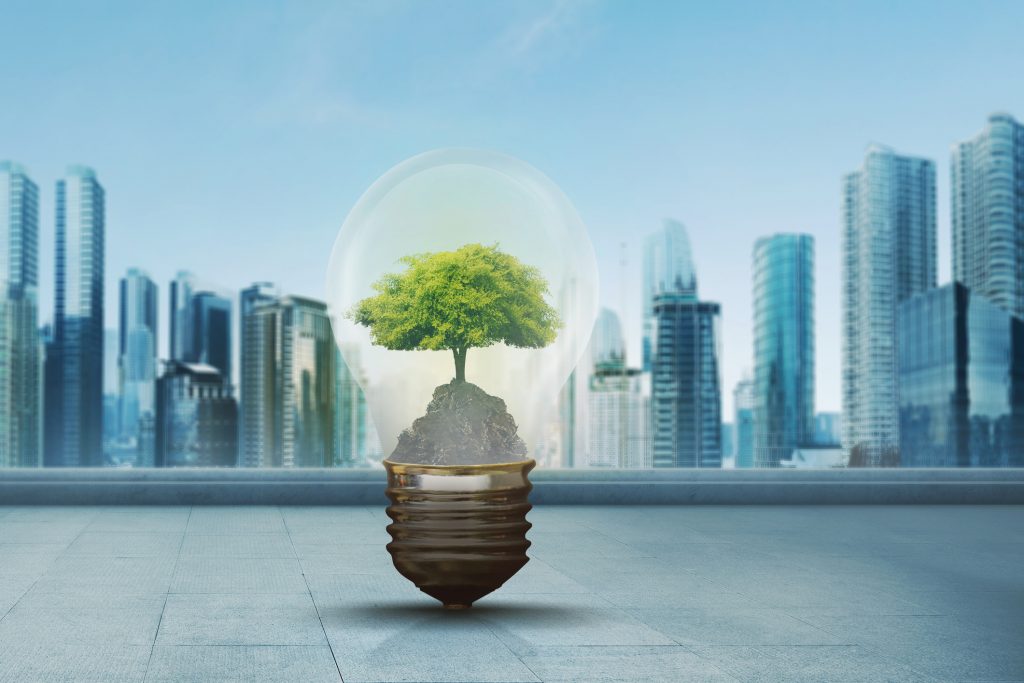
Commercial building owners and designers received a lucrative gift this holiday season. On December 20, 2019, President Trump signed into law the Further Consolidated Appropriations Act, 2020, a $1.4 trillion spending package that renewed various tax extenders, including the §179D deduction for energy-efficient commercial buildings. The §179D deduction—which offers tax savings of up to $1.80 per square foot for qualifying energy efficiency measures—was previously available only for projects completed by December 31, 2017. The new Act extends the deduction for projects completed between January 1, 2018 and December 31, 2020.
At Capital Review Group, our team of tax experts is available to help determine whether you may qualify for the §179D deduction. If so, we will certify projects, ensuring that you receive the maximum tax savings available to you. Contact us today to schedule a pro bono analysis, or read on to learn more about the §179D deduction!
What is the §179D deduction?
Originally created under the Energy Policy Act of 2005 (“EPAct”), the §179D deduction was designed to promote sustainability by incentivizing commercial building owners to install energy efficiency measures. Specifically, building owners may claim a deduction of up to $0.60 per square foot for qualifying improvements to the building’s lighting systems, $0.60 per square foot for improvements to HVAC systems, and $0.60 per square foot for improvements to the building envelope. The §179D deduction is available for new construction, as well as retrofits to existing buildings.
The §179D deduction belongs to a group of provisions known as tax extenders, which are not permanent parts of the tax code but rather are subject to Congressional review before they are renewed. The future of this valuable incentive currently remains uncertain past 2020, so taxpayers should act swiftly to review their records and upcoming projects to determine whether they may be eligible to claim the deduction.
Who may claim the §179D deduction?
The §179D deduction is available to the owners of various types of commercial buildings, including office buildings, warehouses, industrial facilities, retail spaces, and apartment buildings with four or more stories. In addition, primary designers—such as architects, engineers, contractors, and green building consultants—may claim the deduction for energy efficiency measures implemented in public buildings owned by local, state, or federal governments, which are generally tax-exempt and therefore would not benefit from the §179D deduction. In these cases, the government entity assigning the deduction must provide an allocation letter to the primary designer.
How can taxpayers claim the §179D deduction?
To qualify for the §179D deduction, energy efficiency measures installed in 2016 or thereafter must meet or surpass the standards described in ASHRAE 90.1-2007. Projects must be certified by a qualified third party, such as Capital Review Group, to ensure that they satisfy these standards and other requirements of §179D. Documents that may be required to support a §179D claim may include architectural plans, scope of work information, and descriptions of lighting or HVAC fixtures installed.
Given the temporary extension of the §179D deduction, now is the time for commercial building owners and the primary designers of qualifying energy efficiency measures in public buildings to determine whether they may be eligible for this lucrative incentive. Wondering if your projects qualify? Contact CRG today to schedule a pro bono analysis!